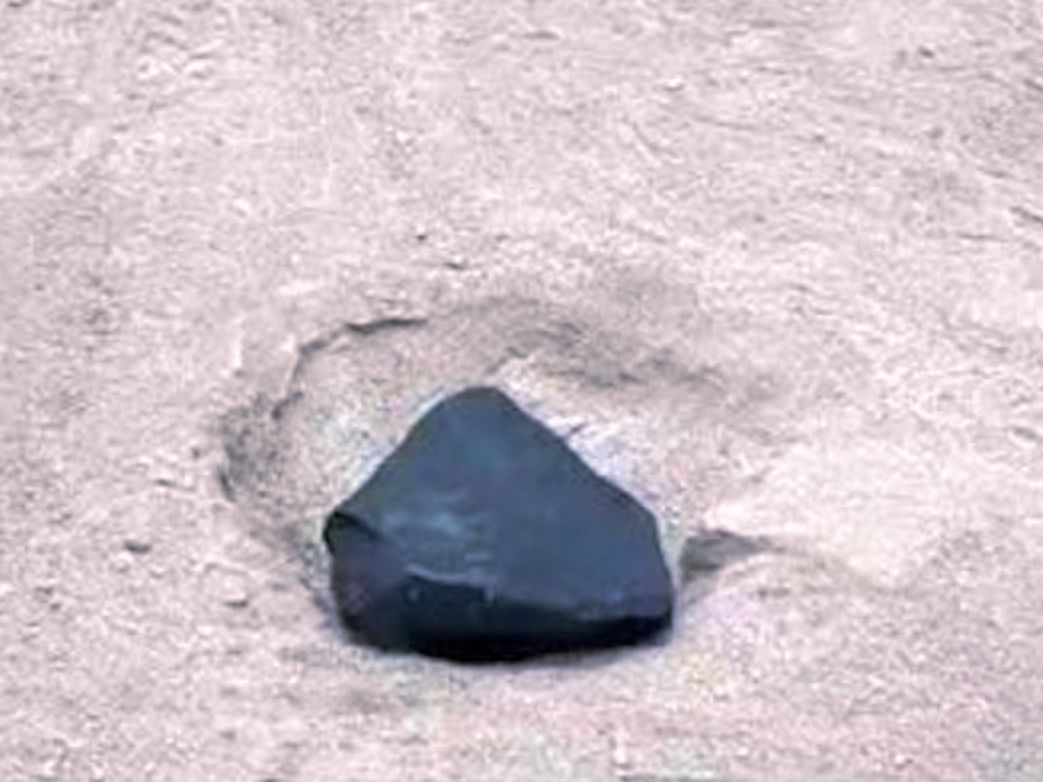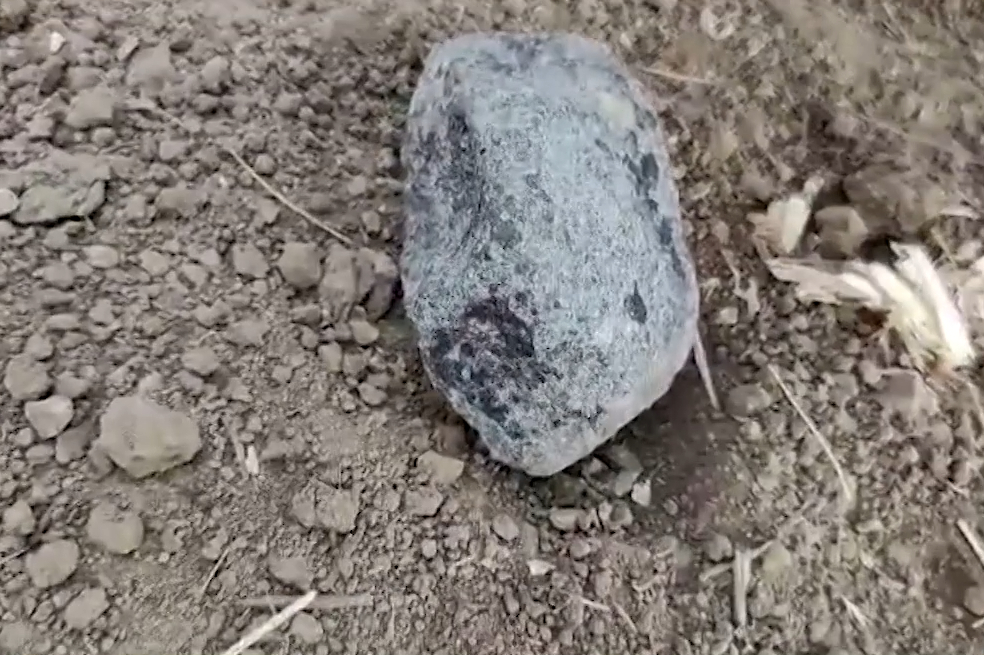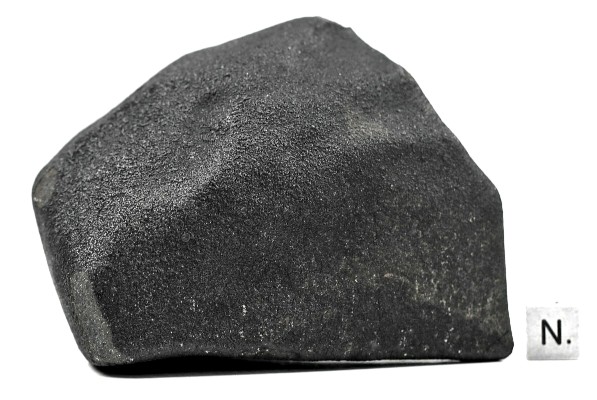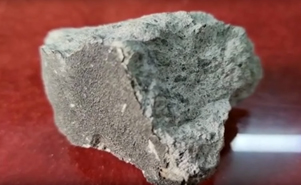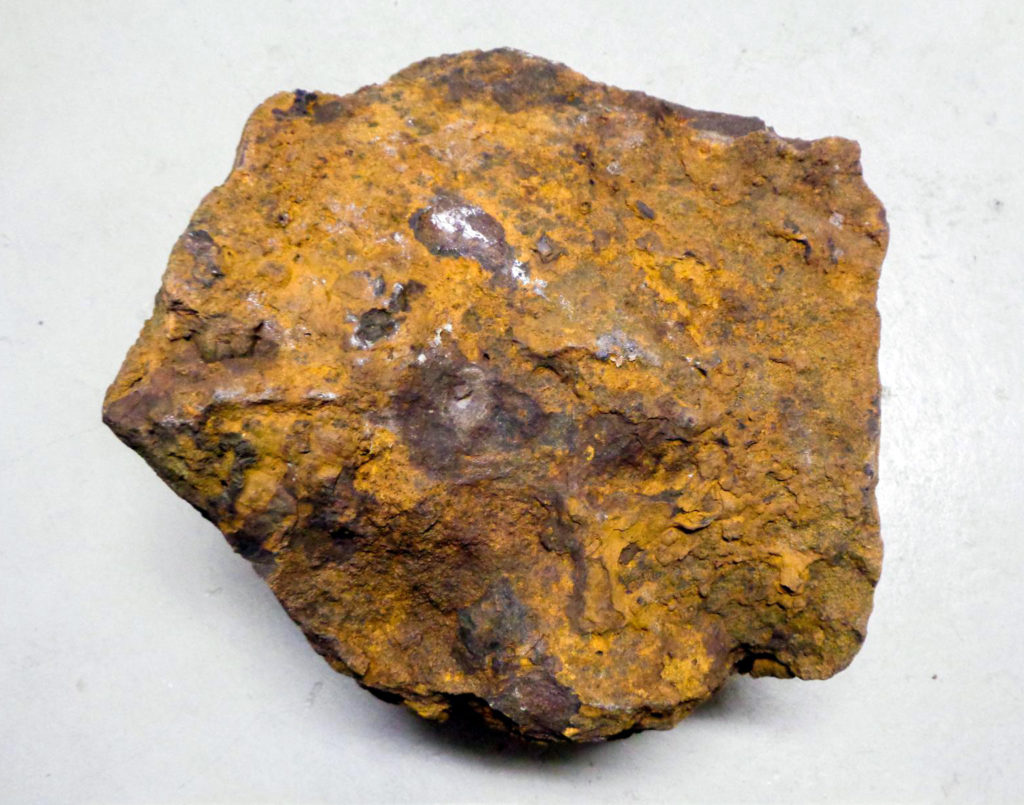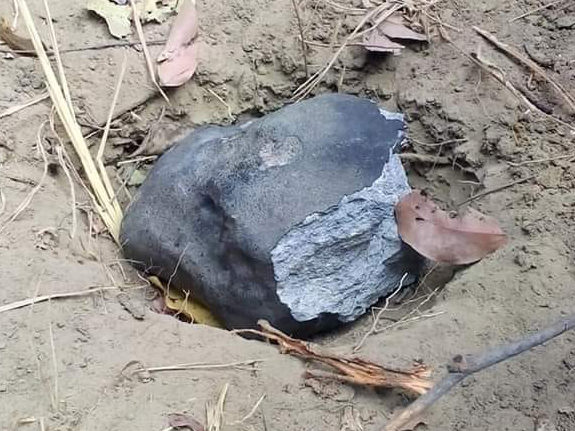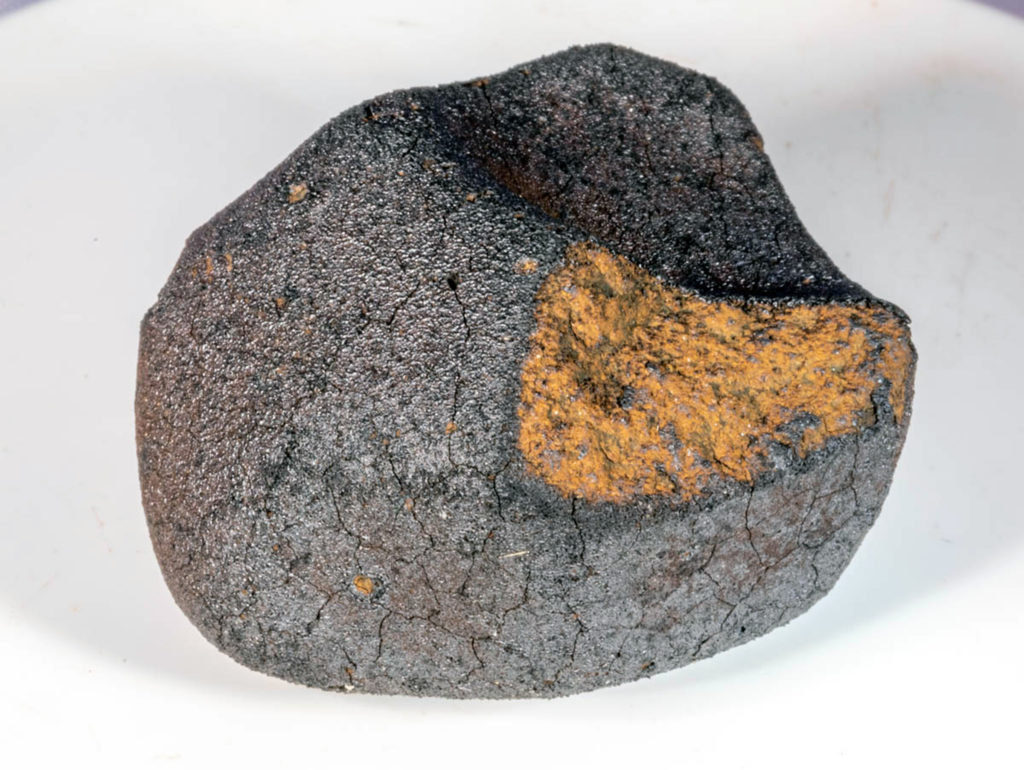A primordial noble gas component discovered in the Ryugu asteroid and its implicationsOPEN ACCESS
Alexander B. Verchovsky, Feargus A. J. Abernethy, Mahesh Anand, Ian A. Franchi, Monica M. Grady, Richard C. Greenwood, Simeon J. Barber, Martin Suttle, Motoo Ito, Naotaka Tomioka, Masayuki Uesugi, Akira Yamaguchi, Makoto Kimura, Naoya Imae, Naoki Shirai, Takuji Ohigashi, Ming-Chang Liu, Kentaro Uesugi, Aiko Nakato, Kasumi Yogata, Hayato Yuzawa, Yuzuru Karouji, Satoru Nakazawa, Tatsuaki Okada, Takanao Saiki, Satoshi Tanaka, Fuyuto Terui, Makoto Yoshikawa, Akiko Miyazaki, Masahiro Nishimura, Toru Yada, Masanao Abe, Tomohiro Usui, Sen-ichiro Watanabe, Yuichi Tsuda & Consortium Phase2 curation team Kochi
Update (15 September 2024):
Nature Communications, Volume 15, article number 8075, Published: 14 September 2024
LINK (OPEN ACCESS)
PDF (OPEN ACCESS)
Nature PREPRINT under review, Version 1, posted 05 Dec, 2023
LINK (OPEN ACCESS)
PDF (OPEN ACCESS)
“Ryugu is the C-type asteroid from which material was brought to Earth by the Hayabusa2 mission. A number of individual grains and fine-grained samples analysed so far for noble gases have indicated that solar wind and planetary (known as P1) noble gases are present in Ryugu samples with concentrations higher than those observed in CIs, suggesting the former to be more primitive compared to the latter. Here we present results of analyses of three fine-grained samples from Ryugu, in one of which Xe concentration is an order of magnitude higher than determined so far in other samples from Ryugu. Isotopically, this Xe resembles P1, but with a much stronger isotopic fractionation relative to solar wind and significantly lower 36Ar/132Xe ratio than in P1. This previously unknown primordial noble gas component (here termed P7) provides clues to constrain how the solar composition was fractionated to form the planetary components.”

